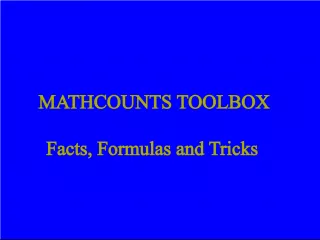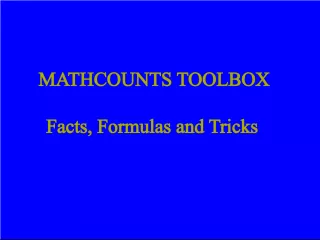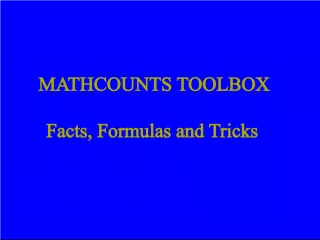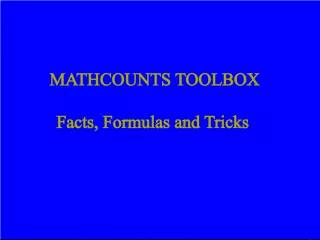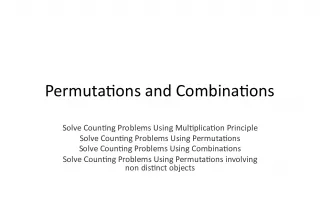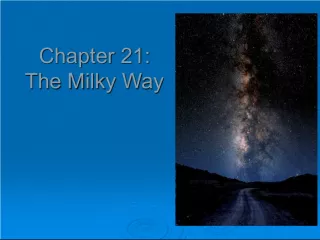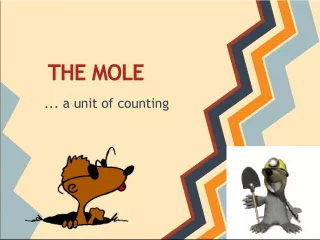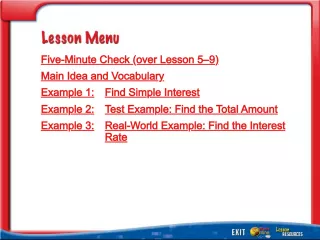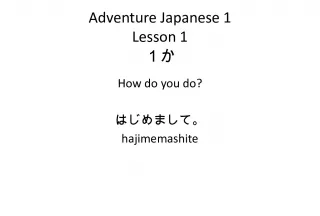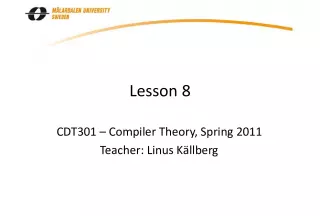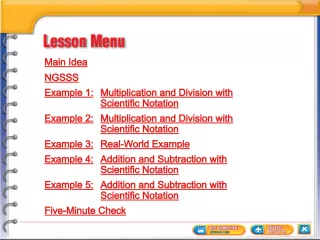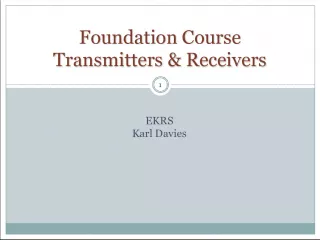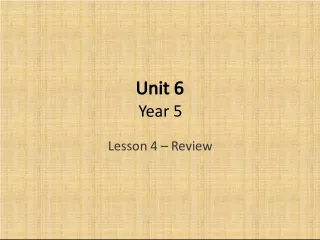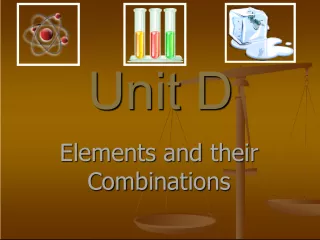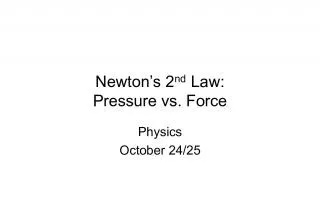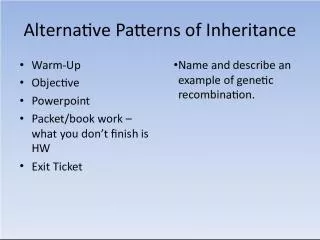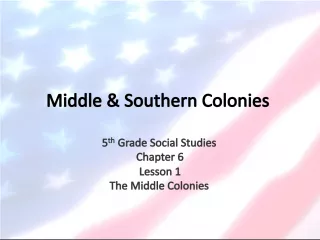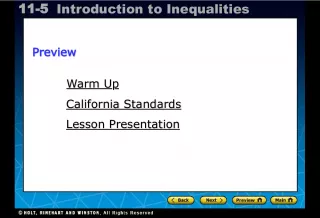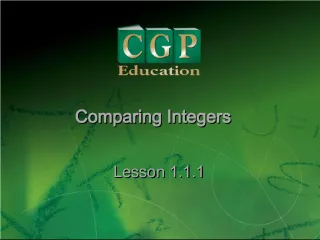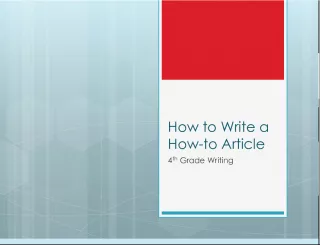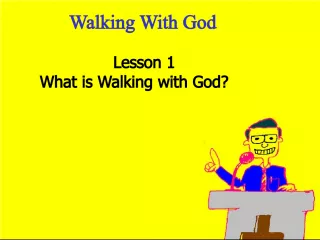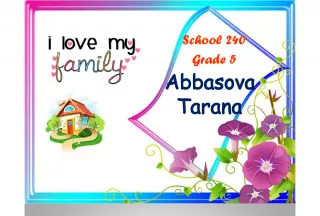MATHCOUNTS Toolbox Lesson 10: Combinations - Counting Without Considering Different Orderings
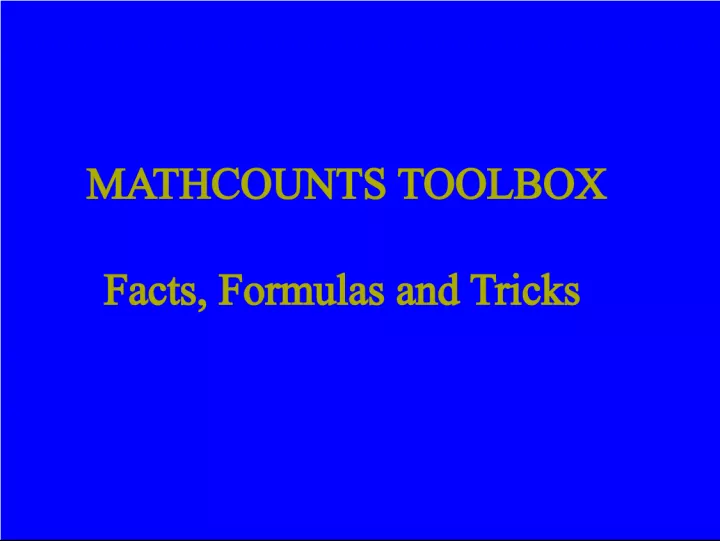

In lesson 10 of the MATHCOUNTS Toolbox, we learn about combinations and when different orderings are not to be counted
- Uploaded on | 8 Views
-
 tobias
tobias
About MATHCOUNTS Toolbox Lesson 10: Combinations - Counting Without Considering Different Orderings
PowerPoint presentation about 'MATHCOUNTS Toolbox Lesson 10: Combinations - Counting Without Considering Different Orderings'. This presentation describes the topic on In lesson 10 of the MATHCOUNTS Toolbox, we learn about combinations and when different orderings are not to be counted. The key topics included in this slideshow are . Download this presentation absolutely free.
Presentation Transcript
Slide1MATHCOUNTS TOOLBOX Facts, Formulas and Tricks
Slide2Lesson 10:Combinations
Slide3When different orderings are not to be counted separately , i.e. the outcome, mn is equivalent to the outcome nm , the problem involves combinations.
Slide4Combination Formula:Different orders of the same items are not counted. The combination formula is equivalent to dividing the corresponding number of permutations by r!. n: number of available items or choices r : the number of items to be selected Sometimes this formula is written: C(n,r).
Slide5Combination Formula:Different orders of the same items are not counted. The combination formula is equivalent to dividing the corresponding number of permutations by r!. n: number of available items or choices r : the number of items to be selected Sometimes this formula is written: C(n,r).
Slide6Taking the letters a , b , and c taken two at a time, there are six permutations: {ab, ac, ba, bc, ca, cb}. If the order of the arrangement is not important, how many of these outcomes are equivalent, i.e. how many combinations are there?
Slide7Taking the letters a , b , and c taken two at a time, there are six permutations: {ab, ac, ba, bc, ca, cb}. If the order of the arrangement is not important, how many of these outcomes are equivalent, i.e. how many combinations are there? ab = ba; ac = ca; and bc = cb The three duplicate permutations would not be counted, therefore three combinations exist
Slide8 Calculate the value of 7 C 4 .
Slide9 Calculate the value of 7 C 4 . This represents a combination of 7 objects taken 4 at a time and is equal to
Slide10 Calculate the value of 7 C 4 . This represents a combination of 7 objects taken 4 at a time and is equal to
Slide11 Calculate the value of 9 C 5
Slide12 Calculate the value of 9 C 5 This represents a combination of 9 objects taken 5 at a time and is equal to . . .
Slide13 Calculate the value of 9 C 5 This represents a combination of 9 objects taken 5 at a time and is equal to . . .
Slide14In how many ways can three classrepresentatives be chosen from a group of twelve students? If the order of the arrangement is not important, how many outcomes will there be?
Slide15In how many ways can three classrepresentatives be chosen from a group of twelve students? If the order of the arrangement is not important, how many outcomes will there be? This represents a combination of 12 objects taken 3 at a time and is equal to
Slide16In how many ways can three classrepresentatives be chosen from a group of twelve students? If the order of the arrangement is not important, how many outcomes will there be? This represents a combination of 12 objects taken 3 at a time and is equal to
Slide17Fini!
